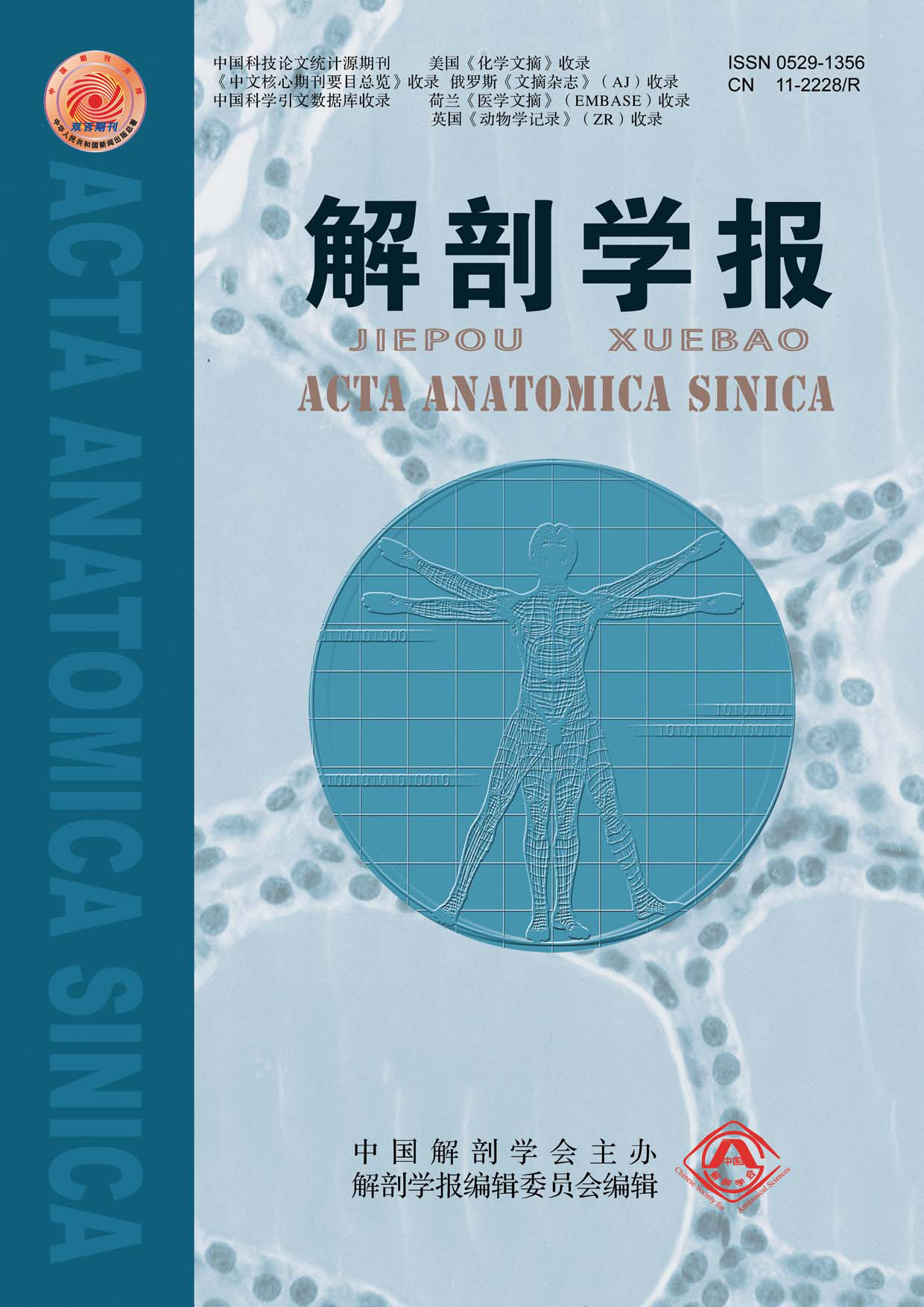Objective To explore the role pathway and pattern of the myeloma cancer gene (MYC) and its mRNA interaction with the microRNAs(miRNAs) and circular RNA(circRNAs) at hour 0, hour 6 and hour 72 in the rat liver regeneration. Methods The rat 2/3 hepatectomy (PH) model was prepared as described by Higgins, the hepatocytes were isolated according to the method of Smedsrod et al. The expression changes of mRNA, miRNA and circRNA [together named as competing endogenous RNA (ceRNA)] were detected by the large-scale quantitative detection technology, the interaction network of ceRNA was constructed by Cytoscape 3.2 software, and their correlation in expression and role were analyzed by ceRNA comprehensive analysis. Results It was found that at hour 0 and hour 6 after PH, the ratio value of MYC mRNA showed 0.15±0.03 and 2.36±0.20, miR-134-5p indicated 3.22±0.61 and 0.08±0.02, circRNA_12112 displayed 0.68±0.21 and 13.35±3.53. At the same time, the cell cycle initiation-related genes ras association domain family member 1 (RASSF1), cyclin dependent kinase 2 (CDK2), superoxide dismutase 2 (SOD2), which were promoted in expression by MYC, were down-regulated at hour 0 after PH, but the cell cycle initiation-related genes nestin (NES), RAD21 cohesin complex component (RAD21), CUE domain containing 2 (CUEDC2), which are inhibieted in expression by MYC, had no meaningful express changes at hour 0 after PH. On the other hand, the cell cycle initiation-related gene SOD2, which was promoted in expression by MYC, was upregulated at hour 6 after PH, but the cell cycle initiation-related genes NES, RAD21, CUEDC2, which are inhibieted in expression by MYC, were down-regulated at hour 6 after PH. In contrary, at hour 72 after PH, the ratio value of MYC mRNA showed 2.36±0.20, miR-880-3p indicated 0.54±0.01, circRNA_09599 displayd 0.54±0.16. At the same time, the cell cycle termination-related gene hepatocyte growth factor (HGF), which is promoted in expression by MYC, was up-regulated 72 hours after PH, the cell cycle termination-related genes MET proto-oncogene receptor tyrosine kinase (MET) and cyclin dependent kinase inhibitor 1A (CDKN1A), which are inhibieted in expression by MYC, were down-regulated 72 hours after PH. Conclusion The correlation in expression and role of the miRNAs, which are inhibited by circRNAs, MYC, its mRNA is inhibited by miRNAs, and the cell cycle initiation-related and cell cycle termination-related genes, which are regulated by MYC, are helpful for the hepatocyte to be in cell cycle initiation state at hour 6 after PH and to be in cell cycle termination state at hour 72 after PH.


